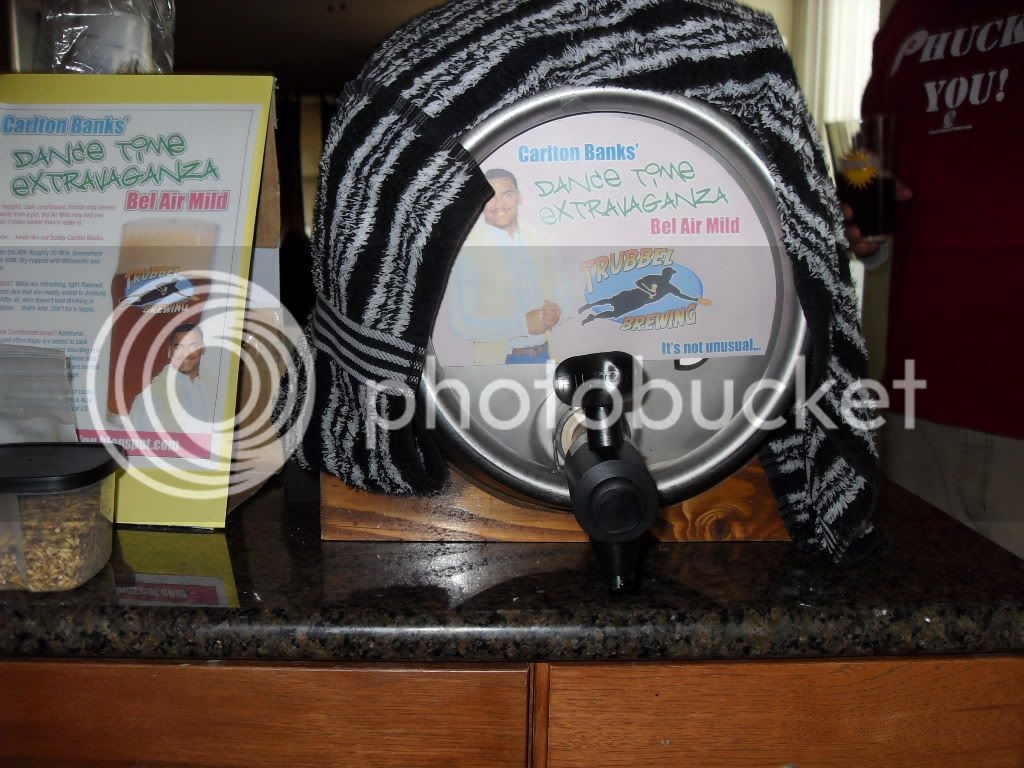Bob, I do see your points and I do agree with some of them.
Here is what I google'd to show the relationship between Cask beer, CAMRA, etc. Its far too long to type out a reasonable response to your post using this article.
Cask ale - Wikipedia, the free encyclopedia
But in direct response to the topic: "Cask means container. The word comes from the Spanish cáscara which means tree bark, in the sense that the bark surrounds and holds the tree in the way that a cask surrounds and holds the beer. The Histories of Herodotus, written in 424 BC, refers to “casks of palm-wood filled with wine” being moved by boat to Babylon, though clay vessels would also have been used. Stout wooden barrels held together with an iron hoop were developed by the north European Celts during the Iron Age for storing goods. But whether the “cask” was made of clay, palm-wood or oak, whether it was a barrel, a pot or a storage jar, all had one thing in common: they all contained unfiltered, unpasteurised beer."
:shrug:
Also: http://www.merriam-webster.com/dictionary/cask
Here is what I google'd to show the relationship between Cask beer, CAMRA, etc. Its far too long to type out a reasonable response to your post using this article.
Cask ale - Wikipedia, the free encyclopedia
But in direct response to the topic: "Cask means container. The word comes from the Spanish cáscara which means tree bark, in the sense that the bark surrounds and holds the tree in the way that a cask surrounds and holds the beer. The Histories of Herodotus, written in 424 BC, refers to “casks of palm-wood filled with wine” being moved by boat to Babylon, though clay vessels would also have been used. Stout wooden barrels held together with an iron hoop were developed by the north European Celts during the Iron Age for storing goods. But whether the “cask” was made of clay, palm-wood or oak, whether it was a barrel, a pot or a storage jar, all had one thing in common: they all contained unfiltered, unpasteurised beer."
:shrug:
Also: http://www.merriam-webster.com/dictionary/cask










































![Craft A Brew - Safale S-04 Dry Yeast - Fermentis - English Ale Dry Yeast - For English and American Ales and Hard Apple Ciders - Ingredients for Home Brewing - Beer Making Supplies - [1 Pack]](https://m.media-amazon.com/images/I/41fVGNh6JfL._SL500_.jpg)





